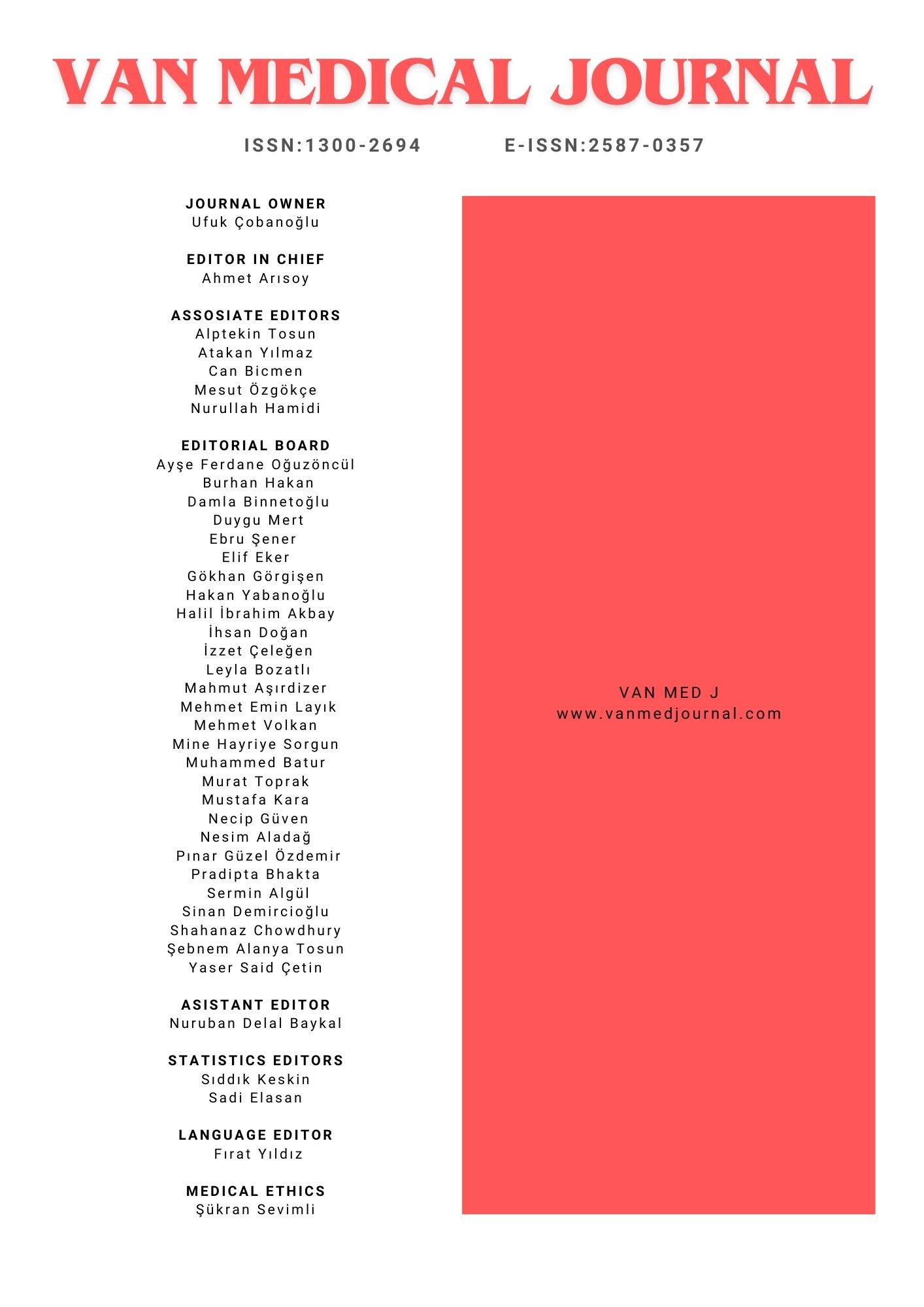The Effects Of Needle Type On Complications Of Spinal Anesthesia
İsmail Katı1, Cengiz Bekir Demirel2, İsmail Coşkuner11Yüzüncü Yıl Üniv. Tıp Fak. Anesteziyoloji ve Reanimasyon AD, Yrd. Doç. Dr.2Yüzüncü Yıl Üniv. Tıp Fak. Anesteziyoloji ve Reanimasyon AD, Yrd. Doç. Dr.
Aim: This study was designed to compare 25 G Sprotte, 25 and 29 G Quincke spinal needles; according to headache, back pain, paresthesia, ease of insertion, sense of spinal click and number of attemption in spinal anesthesia. Method: Patients were assigned to thirty individually three groups (Group I: 25 G Sprotte needle, and Group II: 25 G Quincke needle, and Groups III: 29 G Quincke needle). Patient groups did not differ demographically. Intrathecal puncture was achieved in all patients. Results: None of the patients experienced paresthesia during needle insertion .The incidence of PDPH (25 G Sprotte 3.3 %, and 25 Quincke 16.6 %, and 29 Quincke 3.3 %), and backache were similar in three groups. Both the Sprotte needle and the Quincke needles were judged as easy to use and both required the same number of attempts in order to locate cerebrospinal fluid (first attempt successful: 66.6% versus 50 %). The incidence of the spinal click at the dural puncture with the 25 G Sprotte was more frequent than with the 25-29 G Quincke needles (25 G Sprotte needle: 56 %, 25 Quincke needle 30 %, 29 Quincke needle: 36.6 %), and more significant (p<0.05). Conclusion: We conclude that the use of the 25 G Sprotte spinal needle was associated with a higher rate of succesful idendification of the subarachnoid space at the first attempt, and it caused less PDPH when compared with the 25 and 29 G Quincke spinal needle, and especially more appropriate than 25 and 29 G Quincke spinal needles for using in young patients.
Keywords: Spinal anesthesia, complications, 25 G Sprotte, 25 and 29 G Quincke
İğne Tipinin Spinal Anestezi Komplikasyonları Üzerine Etkileri
İsmail Katı1, Cengiz Bekir Demirel2, İsmail Coşkuner11Yüzüncü Yıl Üniversitesi, Tıp Fakültesi Anesteziyoloji ve Reanimasyon AD, Van2Yüzüncü Yıl Üniv. Tıp Fak. Anesteziyoloji ve Reanimasyon AD, Van
Amaç: Bu çalışmada, spinal anestezide 25 G kalem uçlu iğne ile 25 ve 29 G keskin uçlu iğnelerinin baş ağrısı, bel ağrısı, parestezi, uygulama başarısı, spinal klik hissinin alınması ve deneme sayısı açısından karşılaştırılması amaçlandı. Metod: Olgular 30’ ar kişilik üç gruba ayrıldı (Birinci grup: 25 G kalem uçlu, ikinci grup: 25 G keskin uçlu, üçüncü grup: 29 G keskin uçlu). Demografik dağılım açısından gruplar arasında fark yoktu. Tüm olgulara spinal anestezi başarı ile uygulandı. Bulgular: İğne yerleştirme sırasında hiçbir olguda parestezi görülmedi. Her üç grupta baş ağrısı (birinci grupta: % 3.3, ikinci grupta: % 16.6, üçüncü grupta: % 3.3) ve bel ağrısı insidansları benzer bulundu. Hem kalem uçlu iğne ile ve hem de keskin uçlu iğneler ile ilk denemede BOS gelmesinde benzerlik saptandı (İlk denemede birinci grupta:% 66.6, ikinci ve üçüncü grupta: % 50) . Spinal klik insidansı birinci grupta % 56, ikinci grupta % 30 ve üçüncü grupta % 36.6 olarak bulundu ve birinci grupta, ikinci ve üçüncü gruba göre anlamlı olarak daha fazla saptandı (p<0,05). Sonuç: 25 G kalem uçlu spinal iğnenin 25 ve 29 G keskin uçlu iğneye göre ilk denemede spinal aralığın tanınmasını kolaylaştırması yanında daha düşük baş ağrısı insidansı oluşturması nedeni ile özellikle genç olgularda kullanılmasının uygun olacağı kanısına varıldı.
Anahtar Kelimeler: Spinal anestezi, komplikasyon, 25 G kalem uçlu spinal iğne, 25 ve 29 G keskin uçlu spinal iğne
Manuscript Language: Turkish

